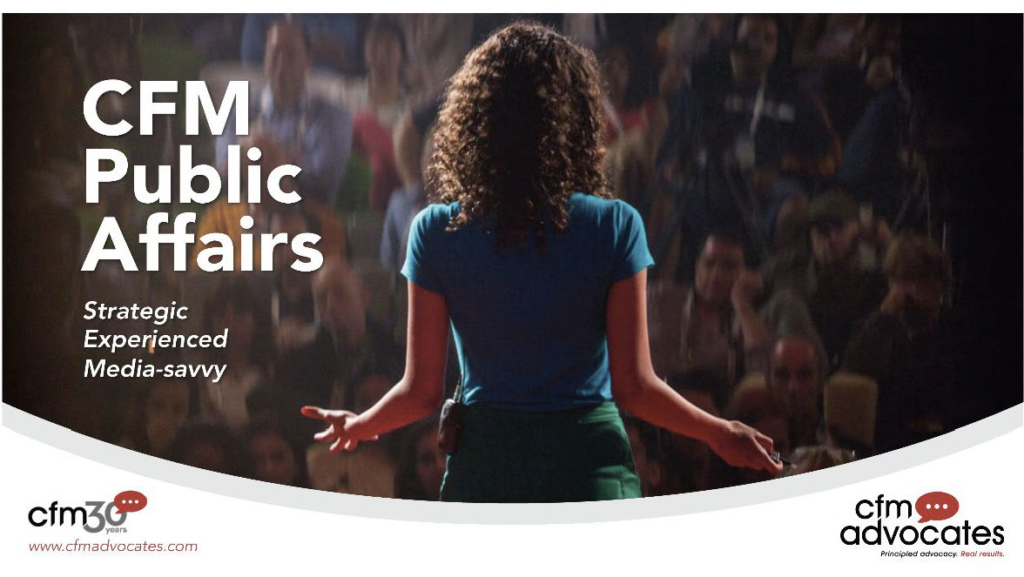
Storytelling is as old as time. From cave drawings to blogs, people have used stories to inform, persuade and entertain. Telling engaging stories can establish credibility, ease a confrontation, persuade a crowd or change a mind.
Storytelling also can be a sand trap. The best intentions without a clear destination can land you in the rough. As it turns out, storytelling is not a sport. It’s a well-honed skill. At the highest levels, it’s an art form.
No story about storytelling can bypass Abraham Lincoln. Many of his stories are memorable, but the story behind the story is how he became a storyteller. To avoid working in his father’s fields, young Abraham listened to people tell stories. He learned the simple language of stories, their rhythms, their structures, their punchlines and their understated points. He would apply what he learned the rest of his life as circuit-riding lawyer, politician and war-time president.

Lincoln used stories skillfully because he treated stories as powerful instruments of communication. One of his memorable Civil War stories centered on reports of heavy drinking by General Ulysses S. Grant. “So Grant gets drunk, does he? You needn’t waste time finding proof. You just find out, to oblige me, what brand of whiskey Grant drinks, because I want to send a barrel of it to each of my other generals.”
Perhaps Lincoln’s greatest contribution to storytelling, and the most useful for public affairs professionals, is his mastery of the clarity story. What we call the Gettysburg Address is Lincoln’s finest clarity story. In 271 words, he described a nation “conceived in liberty and dedicated to the proposition that all men are created equal”, tested by war and, in victory, reborn with a new spirit of freedom with a “government of the people, by the people, for the people [that] shall not perish from the earth.” The ultimate clarity story.
But not the last clarity story. This is how Sir Richard Branson introduced Virgin Money in 33 words: “Until recently Australia had nine banks but the big four gobbled up the smaller ones leaving Australians with little choice and higher fees. Virgin Money has arrived to give Australians a choice again”.
Steve Jobs was renowned for product introductions, including iCloud, that downplayed cool new features and played up what those cool features could do for users.
Clarity in storytelling is a necessity. A clarity story goes a step further by showing the big picture in a snapshot.
Clarity stories are succinct, logical and memorable. They do what PowerPoints, CEO videos and roadshows can’t. Clarity stories work well to describe a corporate mission, introduce a new product or explain a serious challenge. They are perfect for that special job interview when you want to make a lasting impression.
The power of clarity stories is their ability to touch brains in a familiar, comfortable story format through simple organization, logical progression and an impactful, even inspiring ending. These are the bones of strategic stories, stories told to make a point.
Conceiving and Creating a Clarity Story
Telling a clarity story requires the mental clarity to conceive one. Jobs practiced meditation to clear his mind. Branson is an experienced, disciplined entrepreneur. Lincoln could recall thousands of stories he heard in his lifetime. The technique doesn’t matter. What matters is the mental energy to boil away non-essential details, leaving just a clean beginning, a logical middle and a meaty ending.
Clarity in storytelling is a necessity. A clarity story goes a step further by showing the big picture in a snapshot.
You don’t have to be a master storyteller to create a clarity story. You don’t even have to create it by yourself. The first step is believing you need a clarity story. With the target audience in mind, the next step is identifying what the story must include. A simple outline will do the trick. From there, choose words or phrases that convey the meaning you intend to convey.
It’s unlikely you will hit the jackpot on your first draft. Lincoln reportedly went through multiple iterations of his Gettysburg remarks, some scribbled on scraps of paper. Be ruthless in editing. There is no room in a clarity story for paunch. Don’t fear writing multiple drafts and pulling the best from each or any of them.
When you have a final draft, put it to the mirror test. Stand in front of a mirror and read it aloud. Ask yourself whether it flows smoothly and tells the story you want – and perhaps need – to tell. Chances are, it won’t. More editing is needed to smooth rough edges, perhaps remove a detail that impedes flow and replace a word that detracts rather than impacts the meaning.
Then it’s back to the mirror. You will know when you have it. The words will roll from your lips. Your skin will tingle.
Your job isn’t complete yet. Like Lincoln who saved his soaring 271 words for a Union victory celebration at Gettysburg, you need to find a suitable moment and place to tell your clarity story. Once you’ve picked your spot, it’s just a matter of execution.
Testimonials Can Be Clarity Stories, Too
There are times – many times actually – when a testimonial becomes a clarity story. Marketers call these brand stories, but some rise higher than that. A satisfied consumer may succeed in saying what you couldn’t with authenticity and clarity.
If you aren’t combing customer feedback, start. You never know what you may find, including that elusive clarity story.




